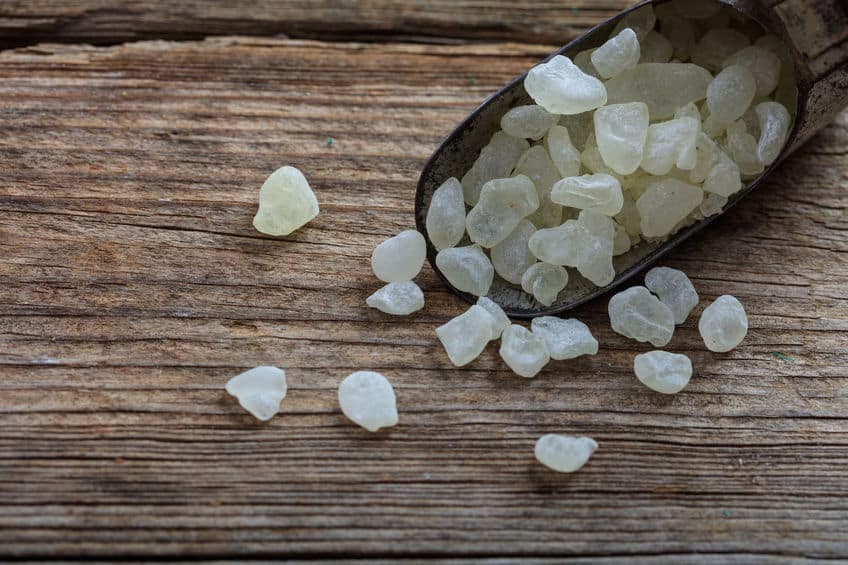By Sean Zucker –
Is chewing gum really good for teeth? It’s tough not to think about that after watching a Trident or Orbit commercial boosting dental health. The answer is probably yes. But the most important gum for oral hygiene is likely an obscure version without a name brand or national advertising budget. It’s mastic gum and its potential benefits may not be limited to a person’s mouth.
The idea that gum can be beneficial is not entirely off base, The American Dental Association (ADA), in fact, notes that while chewing sugared gum increases the risk of tooth decay or cavities, sugar-free gum is perfectly safe and can actually help fight those ailments off. “The physical act of chewing increases salivary flow in the mouth; if chewed after eating, the increased salivary flow can help neutralize and wash away the acids that are produced when food is broken down by the bacteria in plaque on teeth,” the ADA stated.
Many experts claim mastic gum is the epitome of healthy gums, which is fitting as it is likely one of the earliest forms of the product. “Chewing gum in various forms has been around since ancient times when it was derived from tree saps; today, the base used for most gum products is a blend of synthetic materials,” the ADA reported. Mastic falls under the former category, a unique resin obtained from the mastic tree that has prehistoric roots.
Its benefits may extend beyond improving oral hygiene. Nearly fifteen years ago, The American Cancer Society examined whether mastic gum might even help prevent prostate cancer. The findings were encouraging, claiming that mastic gum can inhibit an androgen receptor that may have an effect on the development of prostate cancer. The gum specially was shown to weaken the expression and function of the androgen receptor in prostate cancer cells. More research is needed on now underway to examine this connection.
A 2014 study out of Shahid Beheshti University of Medical Sciences in Iran underscored mastic gum’s ability to decrease cavity causing bacteria, Mutans streptococci. Research focused on the impact of three sets of mastic gums and all resulted in a significant drop in bacterium in the saliva after three weeks of regular use, suggesting a lowered risk of cavities.
This was followed by recent research out of China that found the old school gum might help treat symptoms of allergic asthma, a type of asthma that often includes airway inflammation, eosinophilia, and airway hyperresponsiveness. The study, which involved tests on mice, found mastic gum inhibited eosinophilia considerably, reduced airway hyperresponsiveness and inhibited the production of inflammatory substances significantly. It also showed a positive impact on lung fluid and lung inflammation. In vitro tests saw that mastic gum inhibited cells that react negatively to allergens and cause airway inflammation.
WedMD added to the chorus of potential benefits, noting that mastic contains a fragrant oil that kills bacteria and freshens breath. This makes mastic gum possibly useful in combatting conditions such as stomach and intestinal ulcers, inflammatory bowel disease (IBD) and infections. The site also noted there’s preliminary evidence that the gum has the ability to fight fungal infections, muscle aches, breathing problems and gum disease. More research, however, is certainly needed.
So, those dead set on biting off more than they can chew, might want to look for a mastic tree. A mouthful might be good for you.













